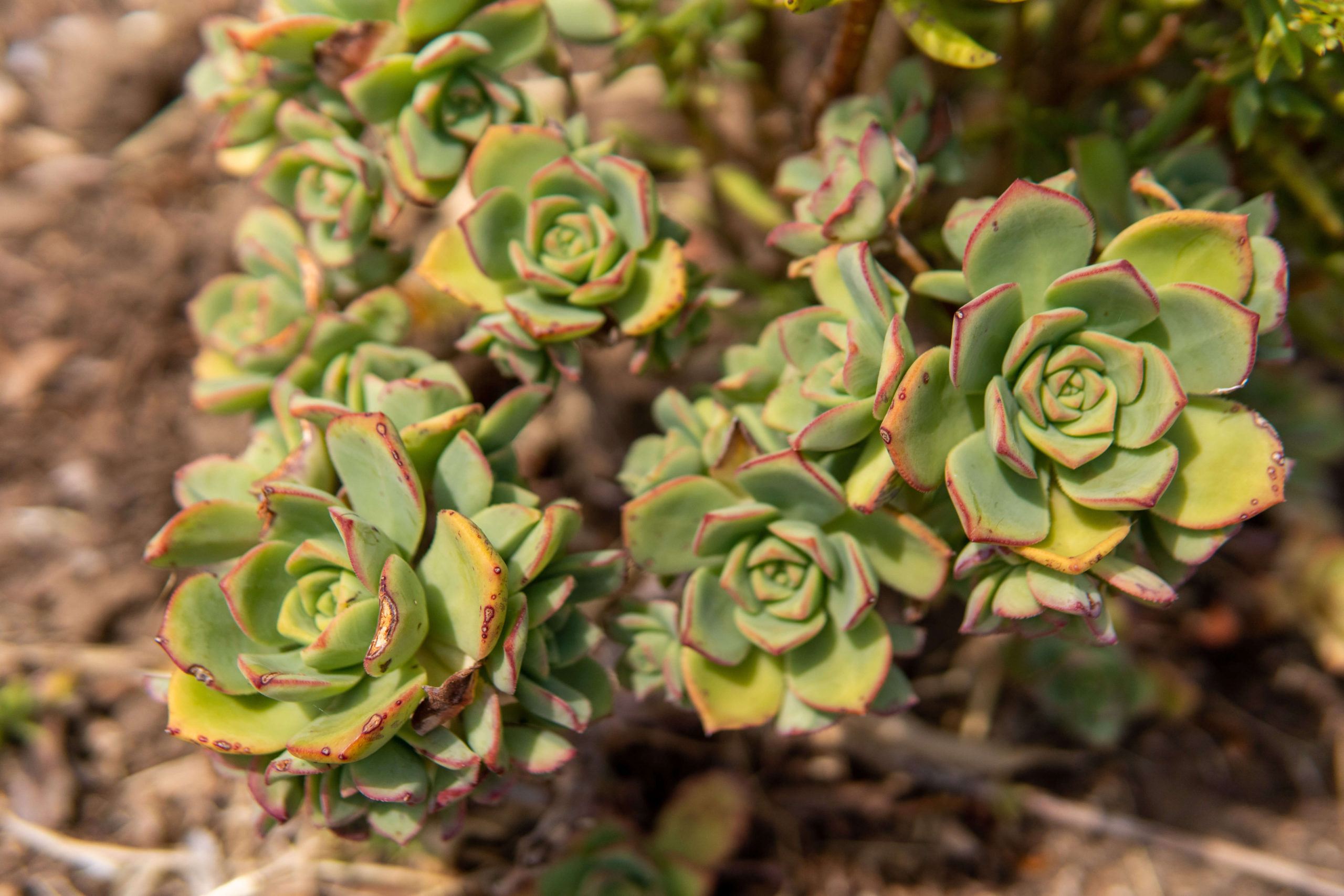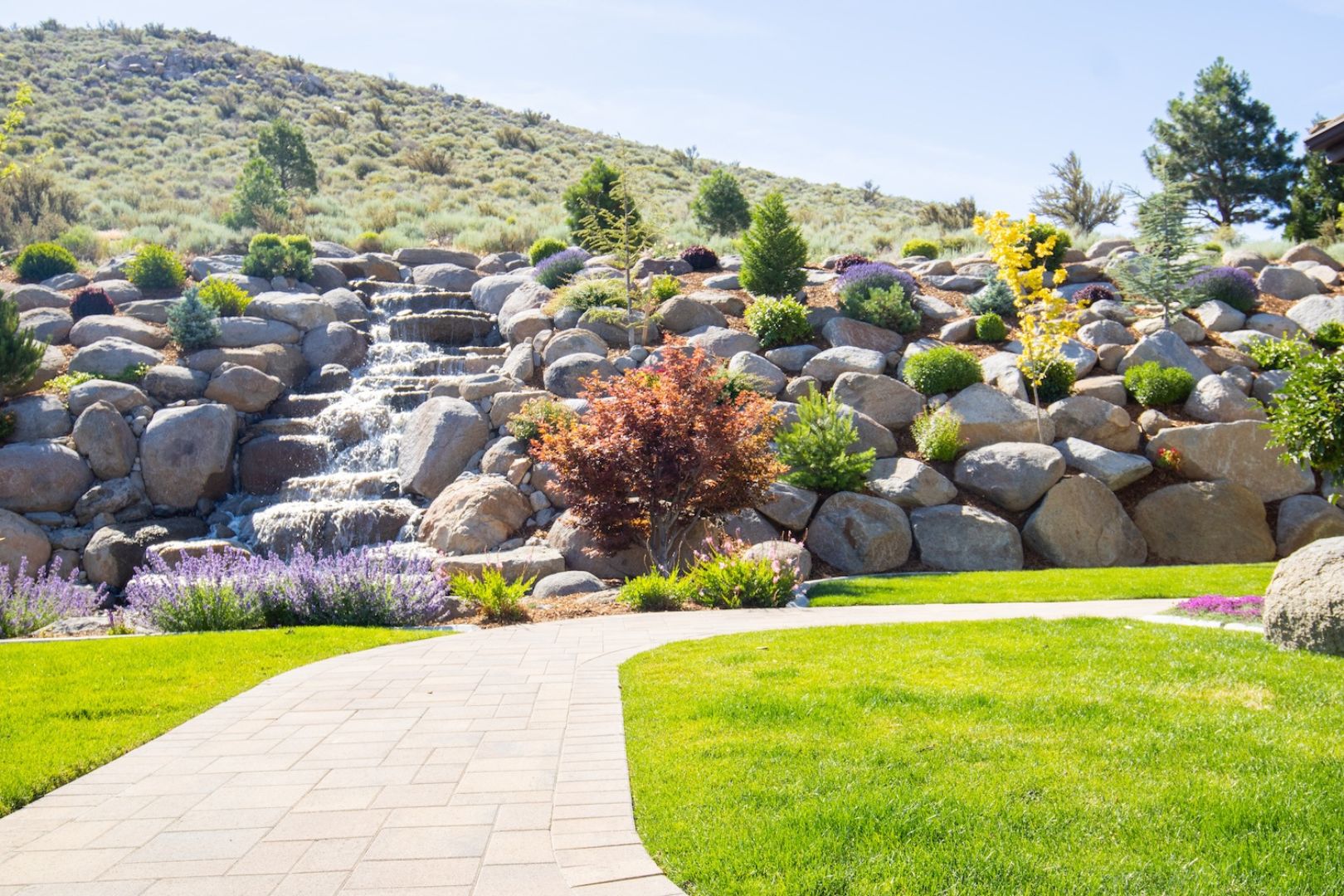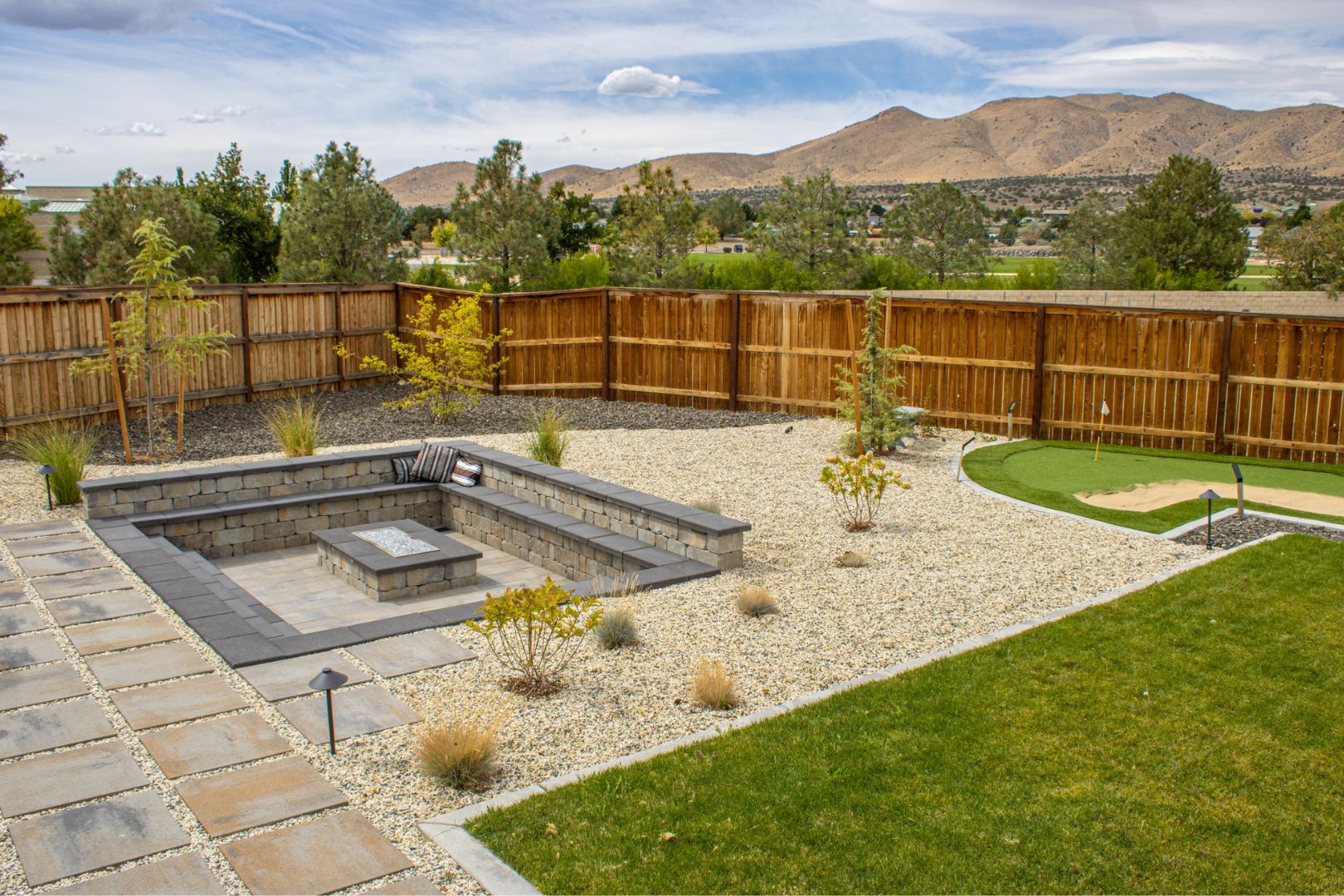Xeriscaping: Drought-Resistant Plants in Northern Nevada
Want to run your garden using less water? Xeriscaping is one of the hottest gardening trends this year, but don’t let the “heat” fool you. This sustainable gardening tactic is saving Reno homeowners hundreds of gallons in water usage. By using smart irrigation methods and drought-resistant plants, your home can also give back to the environment!
We’ve recently covered the different types of irrigation methods for Northern Nevada households, but to properly xeriscape, you need to know about drought-resistant plants.
Drought-Resistant Plants in Northern Nevada
A well-xeriscaped lawn includes a mix of different drought-resistant plants. This ensures that your yard retains a low evapotranspiration rate and distributes its water efficiently. When planning your drought-resistant garden, consider plants from each of these categories: succulents, cacti, wildflowers, grasses, and trees.
Succulents
Succulents can survive the dry season without any sweat. These fleshy drought-resistant plants need very little water to flourish, and they give your lawn an extra pop of color and texture. Consider these succulents for your garden:
Agave attenuata
The Agave attenuata plant is a sprawling succulent that proliferates. These succulents will span over six feet in diameter if you don’t control it, but these drought-resistant plants provide attractive centerpieces and shading in your garden.
Crassula ovata
Like Agave attenuata, Crassula ovata are viable succulents for shade and moisture control. These small leafy succulents don’t need a lot of water, and they propagate easily. Plant these succulents, and they’ll take care of themselves.
Senecio mandraliscae
Senecio mandraliscae is the perfect succulent for color, texture, and drought resistance. This succulent appears very similar to bluegrass but can survive in far more extreme settings, from drought to times of heavy rain.
Cacti
Like succulents, cacti survive well in low-water environments, but they provide a different texture to your lawn. With some attention to layout, the following cacti can add the right amount of texture to your property.
Tulip Prickly Pear (Opuntia phaeacantha)
The flowers on a Tulip Prickly Pear pop out in any environment. These small cacti yield large orange flowers, providing eye-catching color when they bloom.
Teddy Bear Cholla (Cylindropuntia bigelovii)
The Teddy Bear Cholla is a small, fuzzy cactus that looks far less prickly than it feels. These cacti can help fill in space in your garden while providing a cool dose of white or green.
Engelmann Prickly Pear (Opuntia engelmannii)
The Engelmann Prickly Pear stands out in any garden, because of its height and its wide leaves. Use these to both provide some shade to more sensitive flowers and to add texture to your lawn.
Wildflowers
Wildflowers add color and symmetry to your lawn without taking up space. These drought-resistant plants are small, but they fit right into the overall garden design of your property.
Yarrow (Achillea millefolium)
Yarrow plants provide a pleasant white texture to your lawn. These perennials pair well with wildflower meadows, rock gardens, and loamy soil.
Desert Sand Verbena (Abronia villosa)
These wildflowers grow in orbs of lavender. The flowers can reach several feet in the air, making this a wonderful option for wallflowers or added color near shrubs.
White Bursage (Ambrosia dumosa)
These desert flowers grow up to 3 feet and provide a pleasant blend of maroon and cream-white. These colorful wildflowers accentuate borders, walls, and other structures.
Grasses
Certain grasses can withstand any drought, and some lawns require a lot of water. Try to avoid planting turf, and consider these three kinds of grass instead.
Purple Fountain Grass (Pennisetum rubrum)
Purple Fountain Grass makes for a vibrant splash of color. This ornamental grass requires little watering and makes for a beautiful focal point in any garden.
Yellow Pampas Grass (Cortaderia selloana)
Like Purple Fountain Grass, Yellow Pampas Grass is a hardy grass that makes for a simple focal point. Offering a variety of deep greens and mellow yellows, this grass adds an attractive sway to your lawn.
Blue Oat Grass (Helictotrichon sempervirens)
This shorter grass adds a calming blue-green shade to your drought-resistant garden, making your lawn feel cooler. Use it to fill in space and add unique color to your yard.
Trees
Trees might not seem like drought-resistant plants, but some species can tolerate semi-arid climates very well. Trees help keep your lawn cool by providing much-needed shade to other plant life.
Western Sycamore (Platanus racemosa)
The Western Sycamore is a plane tree native to California. This tree grows best standalone, and its wide-spreading branches offer a large radius of shade.
Southern Magnolia (Magnolia grandiflora)
No home in Nevada is complete without a Southern Magnolia tree. These bushy trees have large, beautiful flowers, giving homes a fresh, verdant color and a sweet smell.
Eldarica Pine (Pinus eldarica)
The Eldarica Pine is an evergreen pine that has far-reaching branches and can grow over 80 feet tall. Like most pine trees, Eldarica Pines look best in groups and offer much-needed shade around home borders.
The Importance of Xeriscaping in Northern Nevada
Xeriscaping helps ensure that your garden won’t be severely affected by a drought. Nevada’s available water supply can be sparse, especially in the summer, and homeowners deserve a lawn that looks fresh in any season. Xeriscaping with these drought-resistant plants will make your Nevada garden colorful and vibrant!
Need an extra gardening hand? DRC Landscaping has spent all summer helping Northern Nevadans xeriscape their lawn, and we’re ready to plant a drought-resistant garden with you. Learn more about what we offer to Northern Nevada properties, and reach out today!



